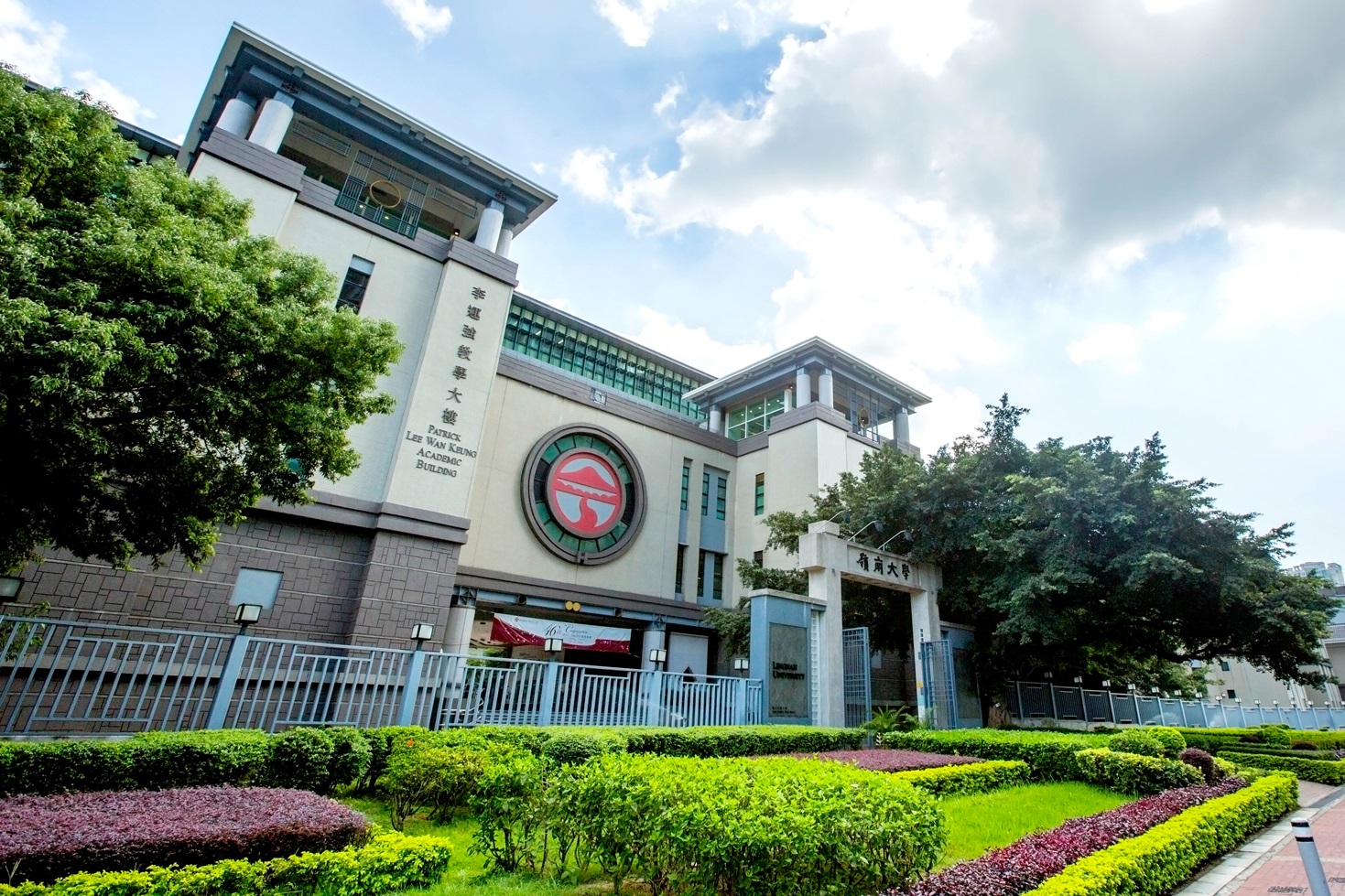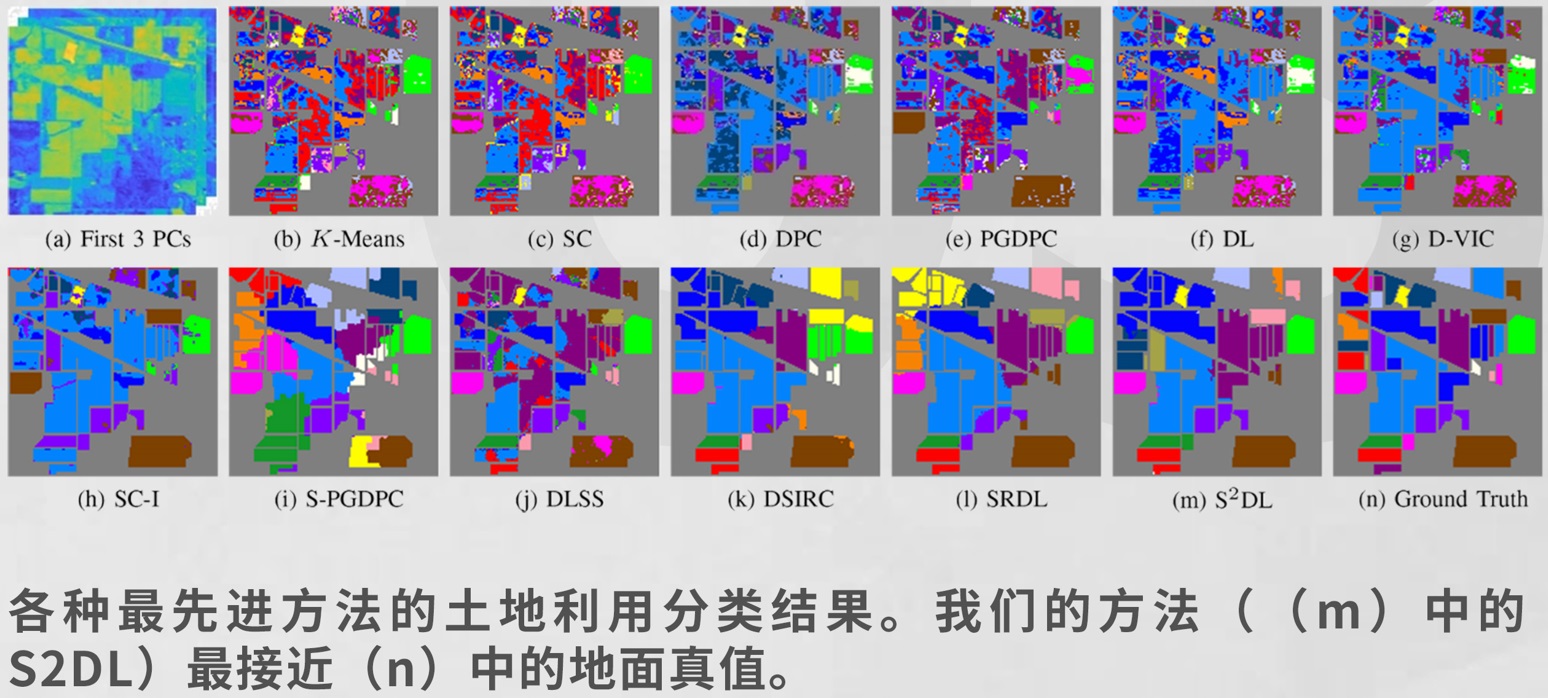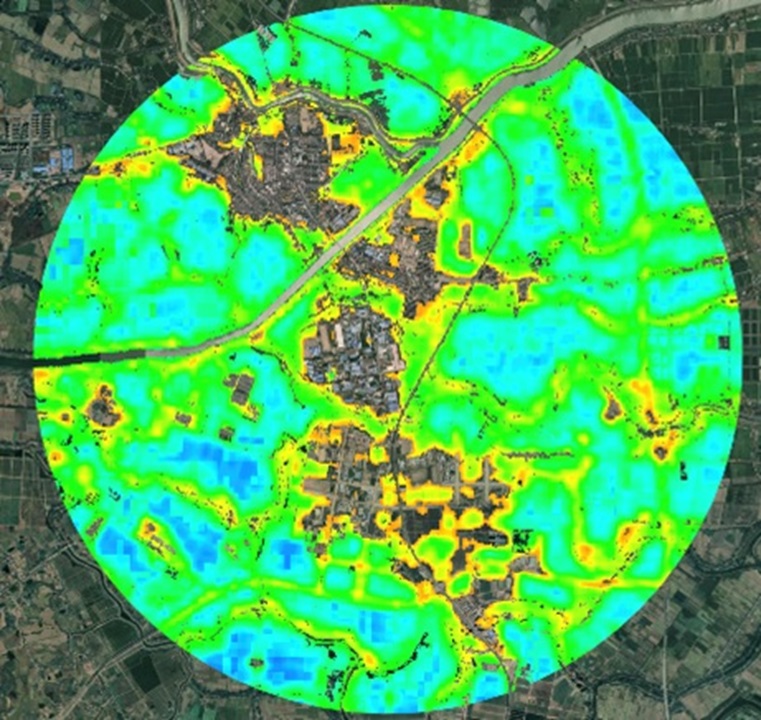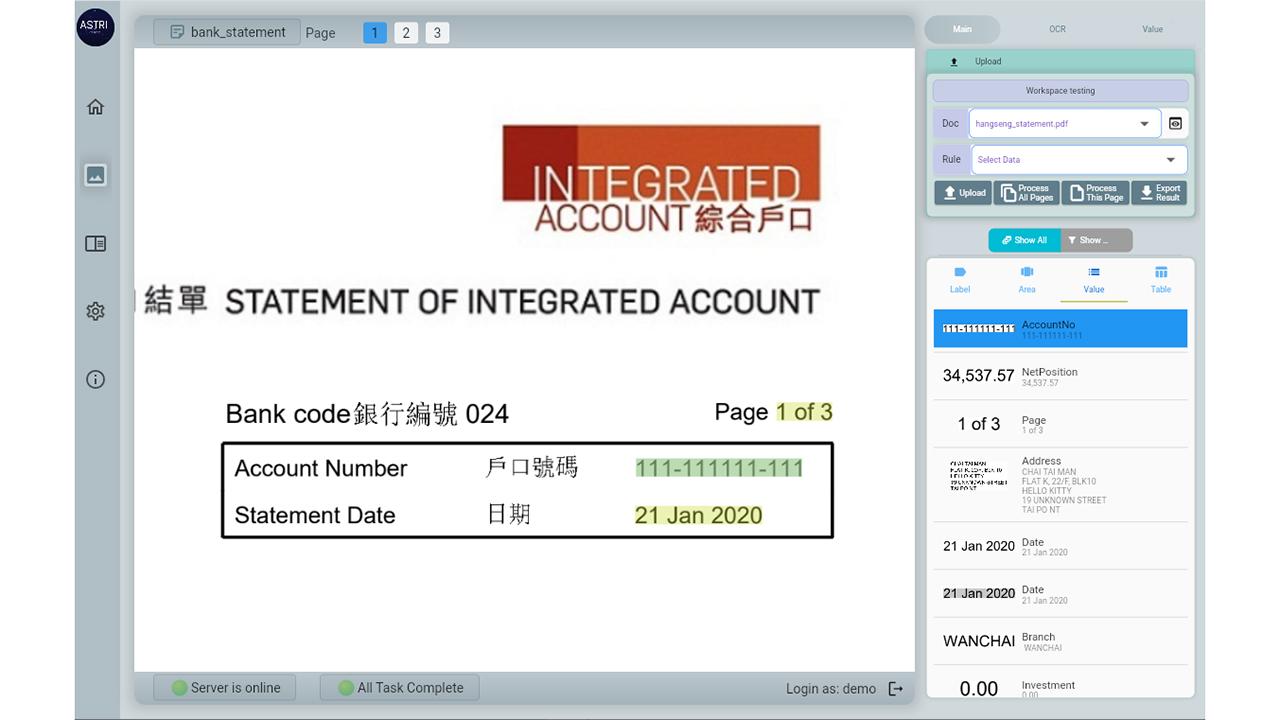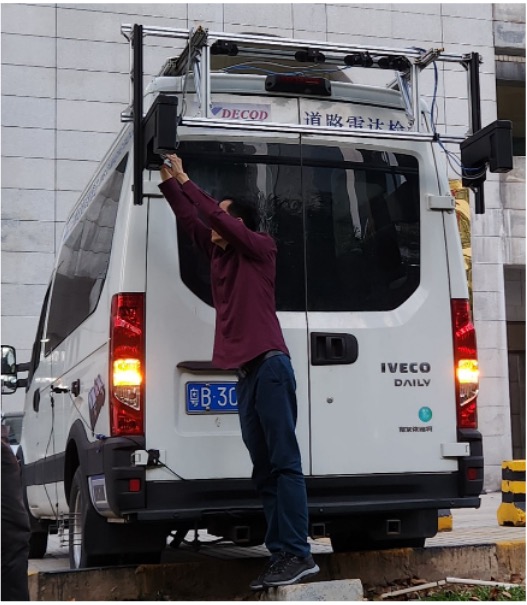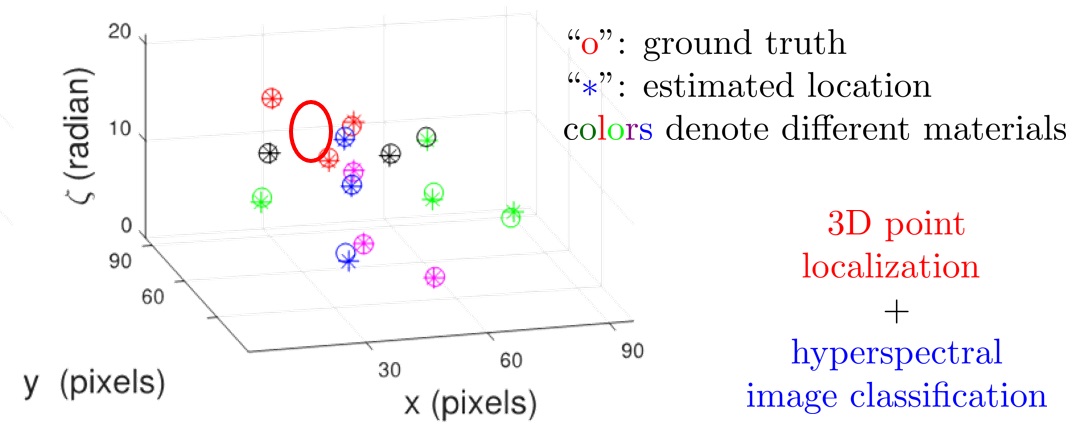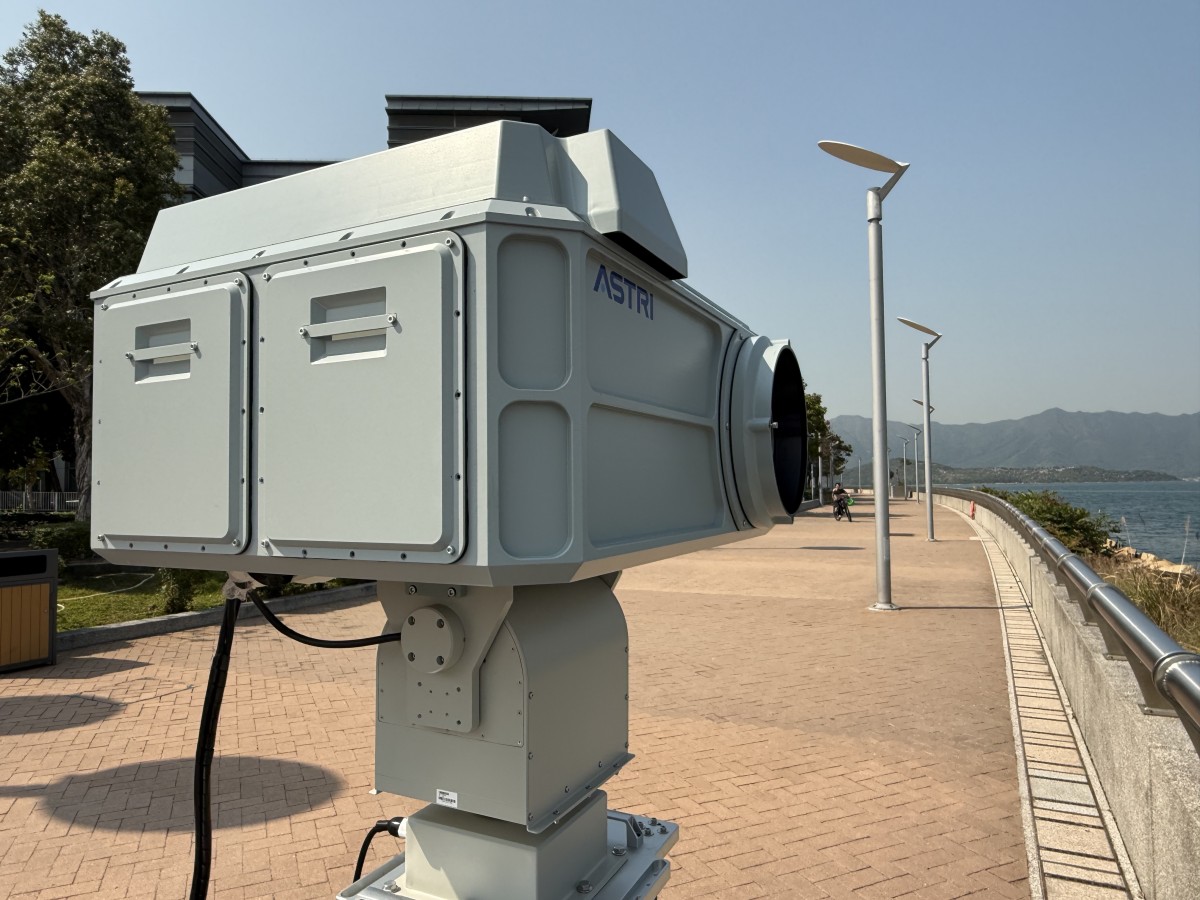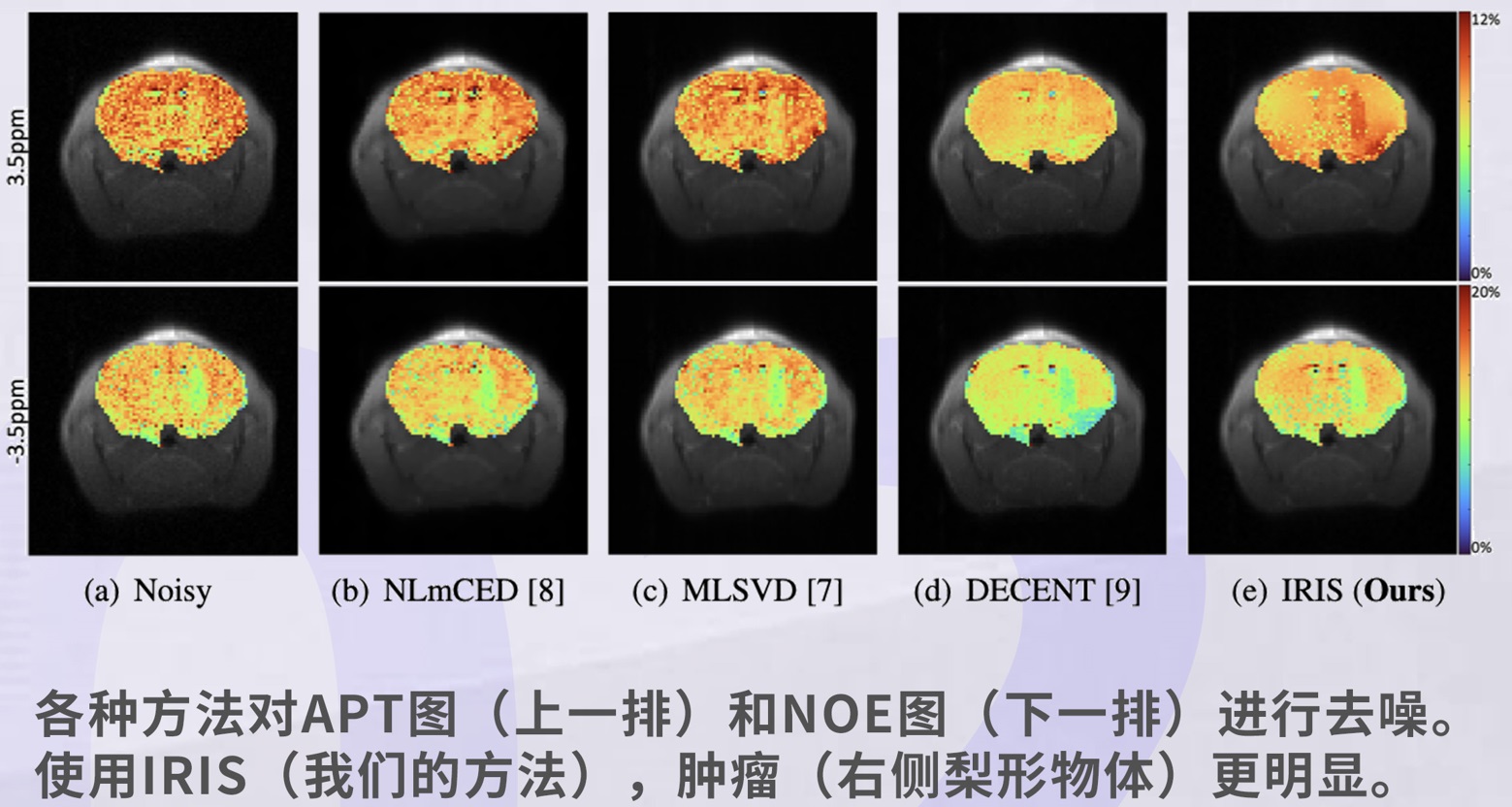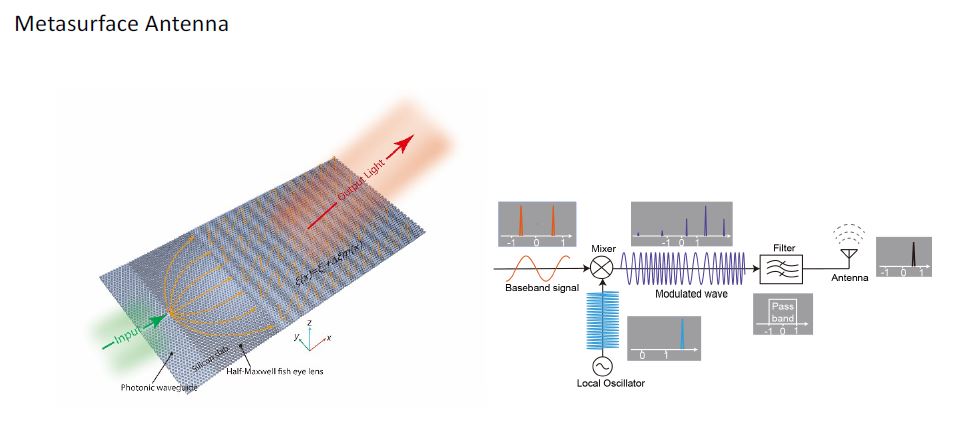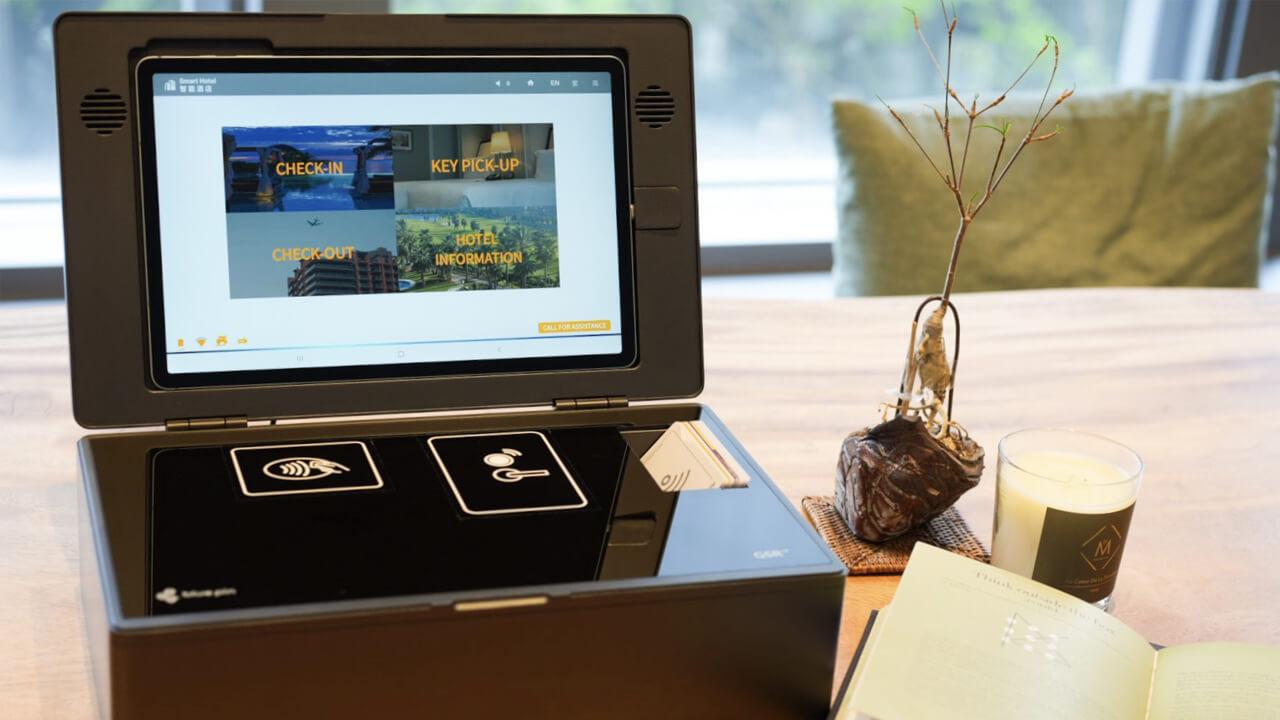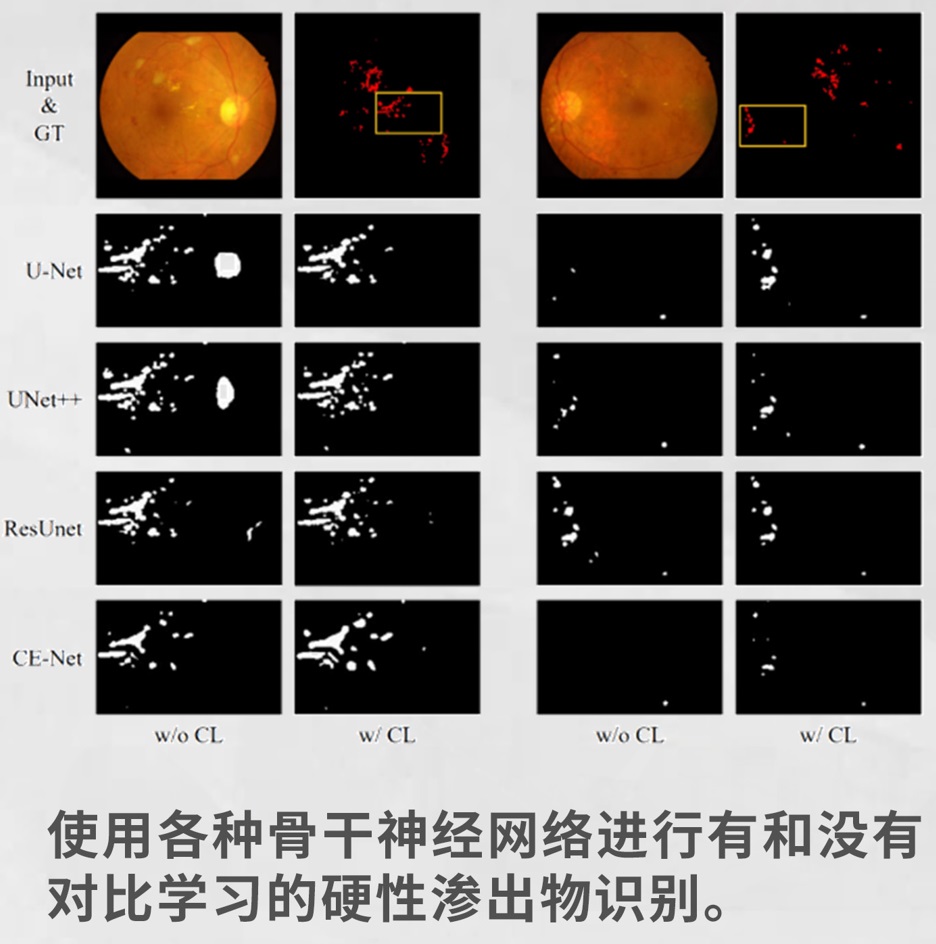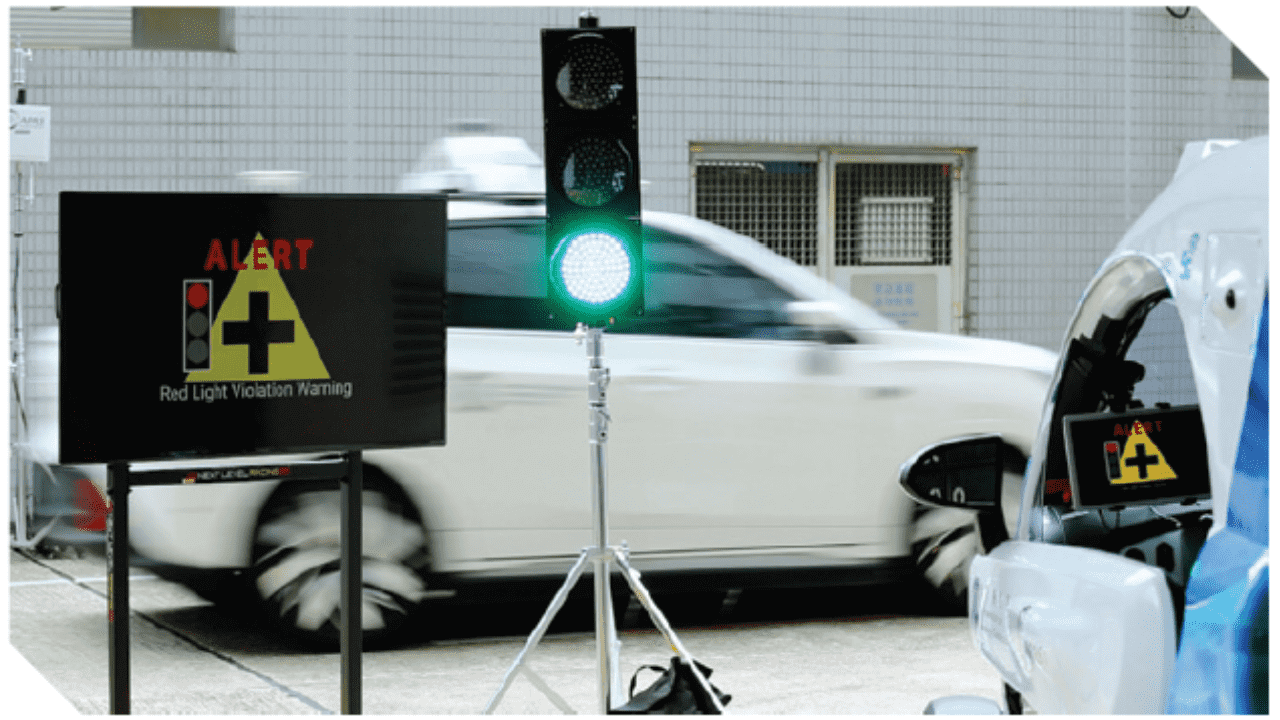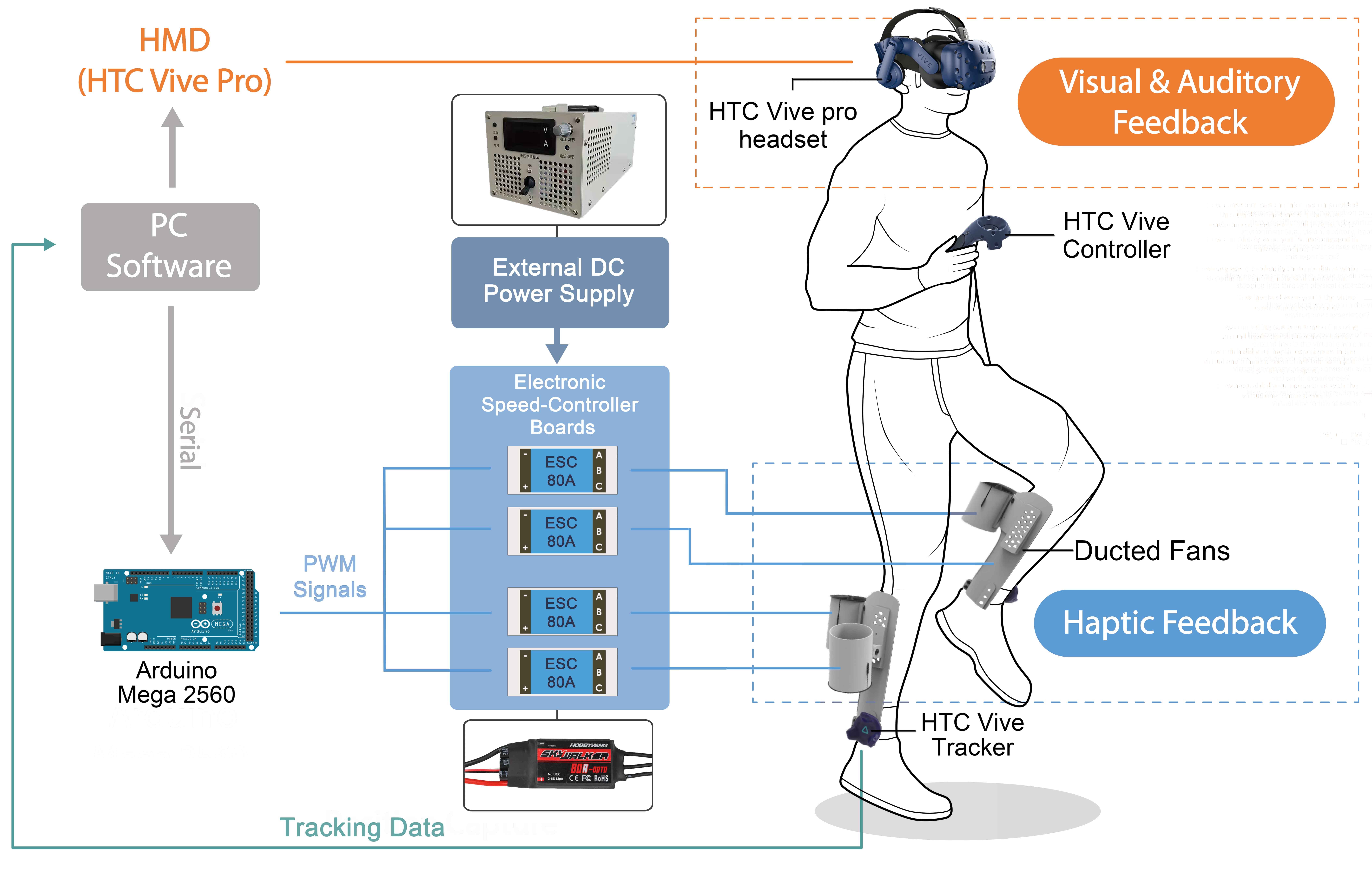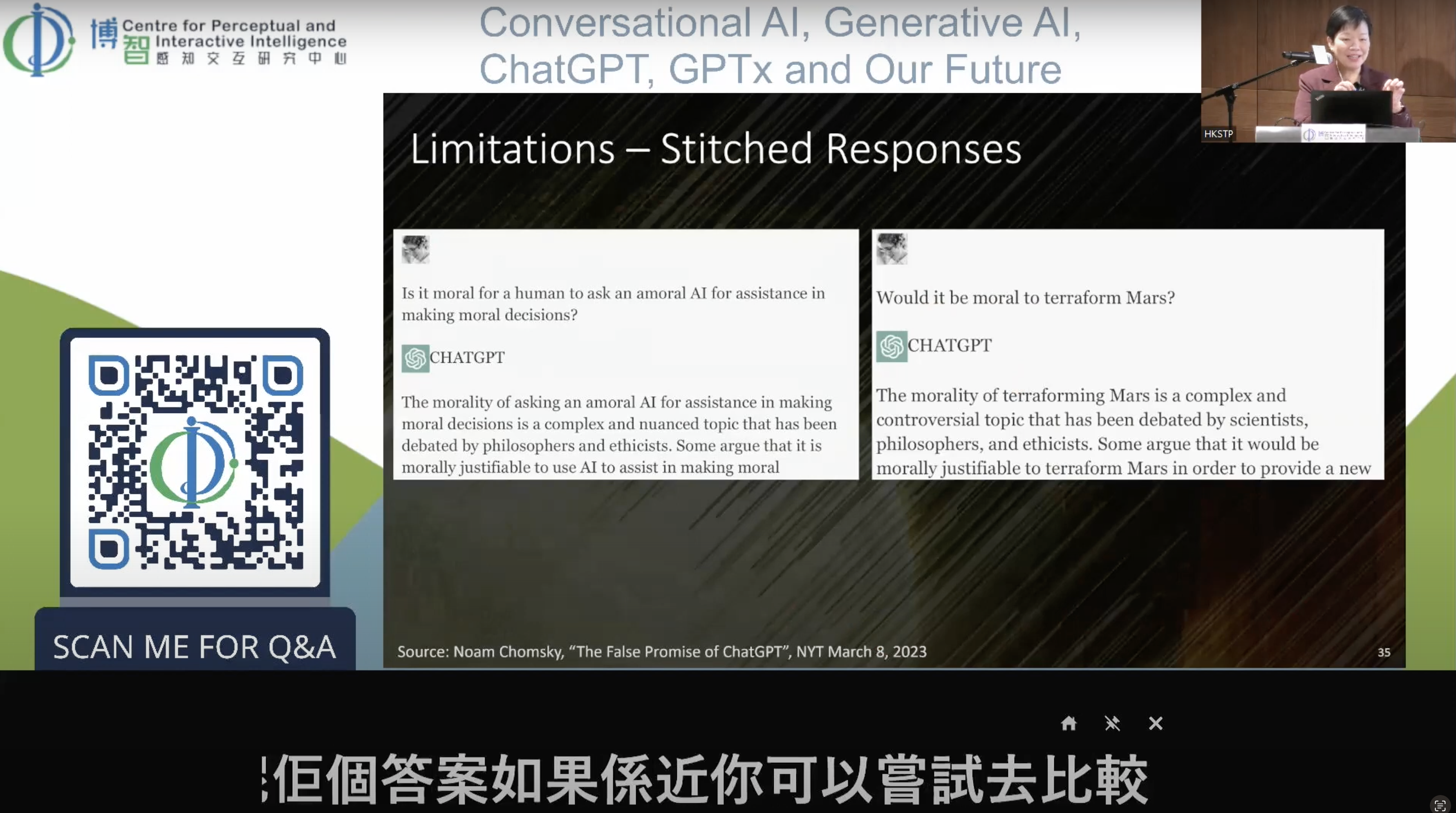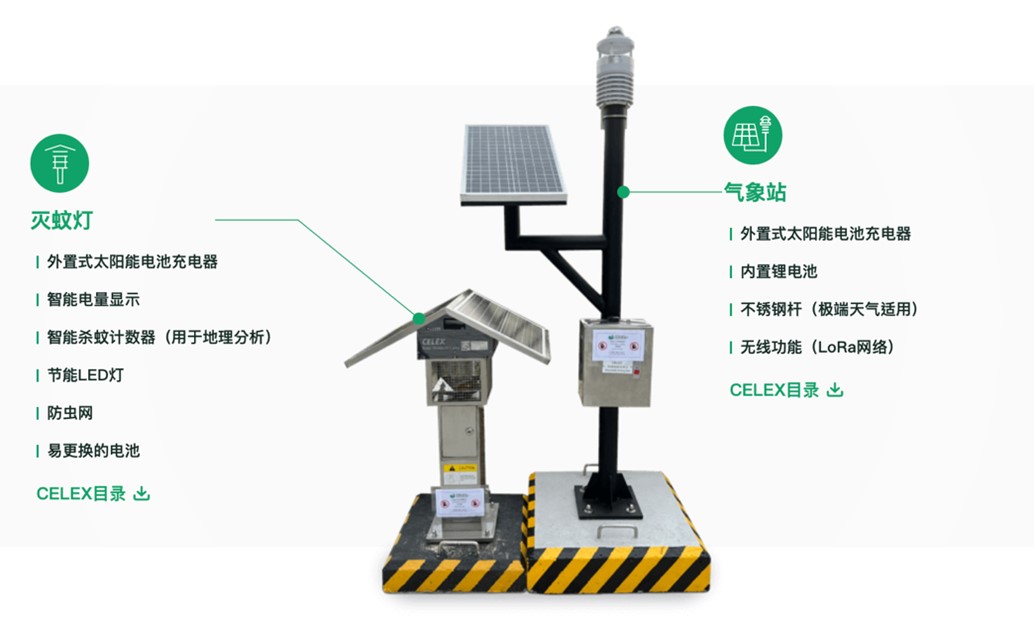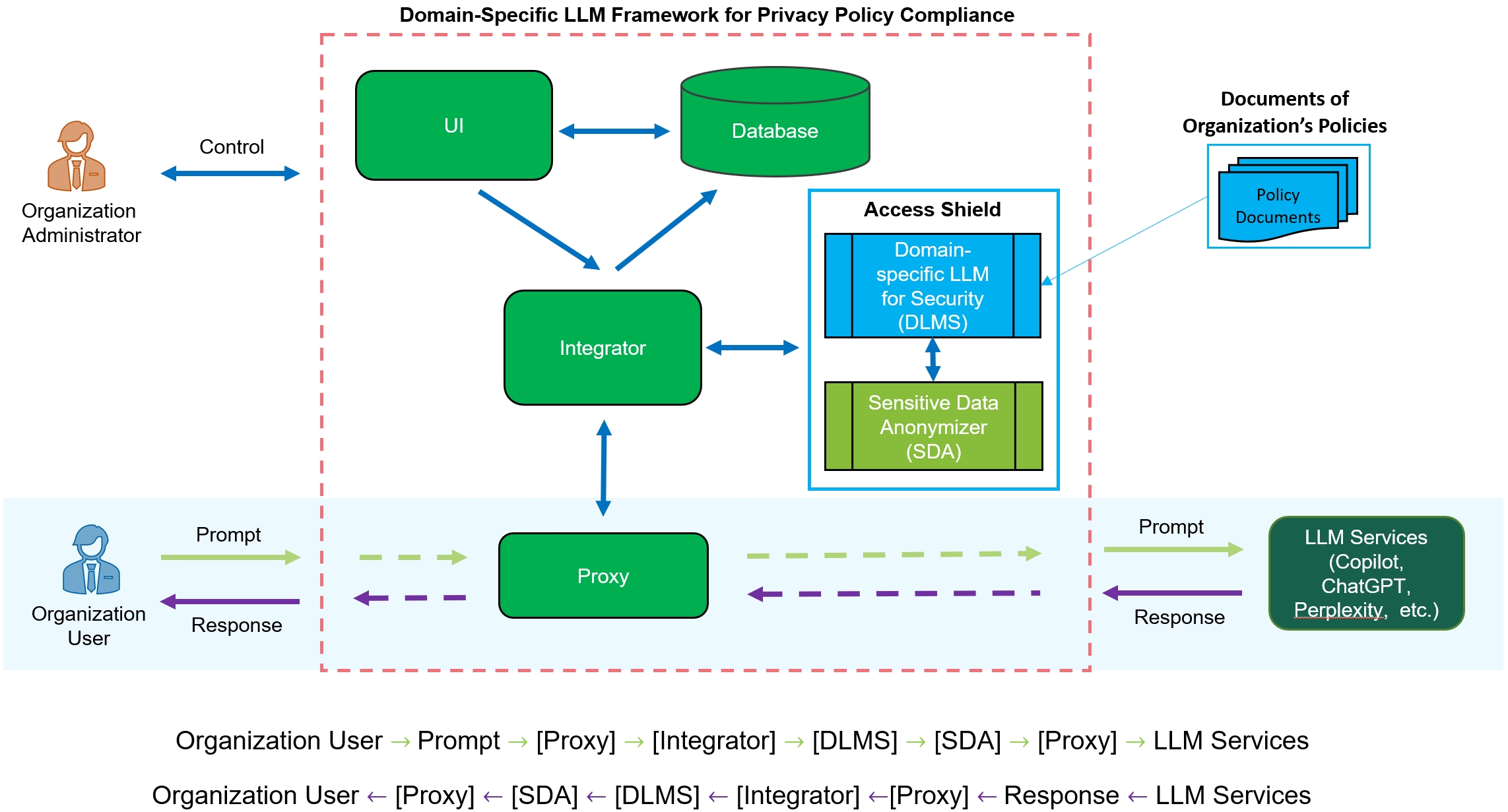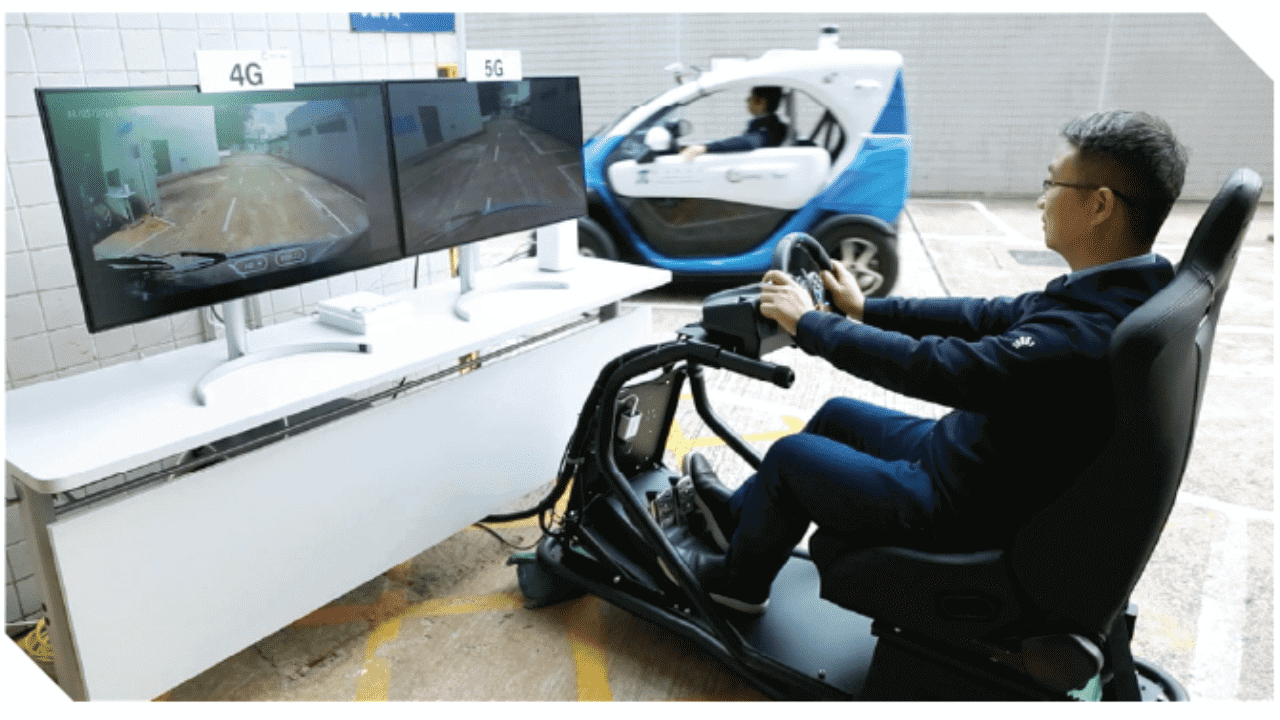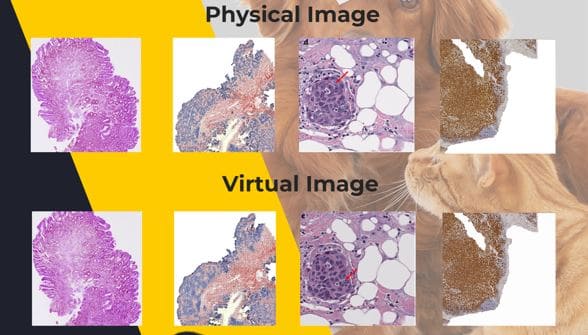
Novel Techniques for Remote Sensing

We have developed novel techniques that utilize both spatial and spectral information for classifying pixels in hyperspectral images. Our methods demonstrated superiority against state-of-the-art algorithms on benchmark hyperspectral data sets with very few (like 10) training labels from each class.
The capability of identifying detailed classes of pixels is limited by spectral and spatial resolution of hyperspectral images.
- We have developed novel techniques that utilize both spatial and spectral information for classifying pixels in hyperspectral images.
- Our method gives the best performance overall in accuracy even with a very small set of labeled pixels.
- Especially, the gain in accuracy with respect to other state-of-the-art algorithms increases when the number of labeled pixels decreases, and therefore our method is more advantageous to be applied to problems with small training sets.
- It is of great practical significance since expert annotations are often expensive and difficult to collect.
- Remote sensing by aircraft or satellites
Lingnan University, a venerable institution in Hong Kong's academic landscape, has a rich heritage that dates back to its founding in Guangzhou in 1888. Known in its earlier years as Lingnan Xuexiao and subsequently as Lingnan University, the institution flourished in the field of higher education until 1952. It was reborn in Hong Kong in 1967 and has since aspired to evolve into a distinguished research-focused liberal arts university for the digital age. Lingnan is committed to excellence in teaching, learning, research, and fostering community ties, aiming for international acclaim.
